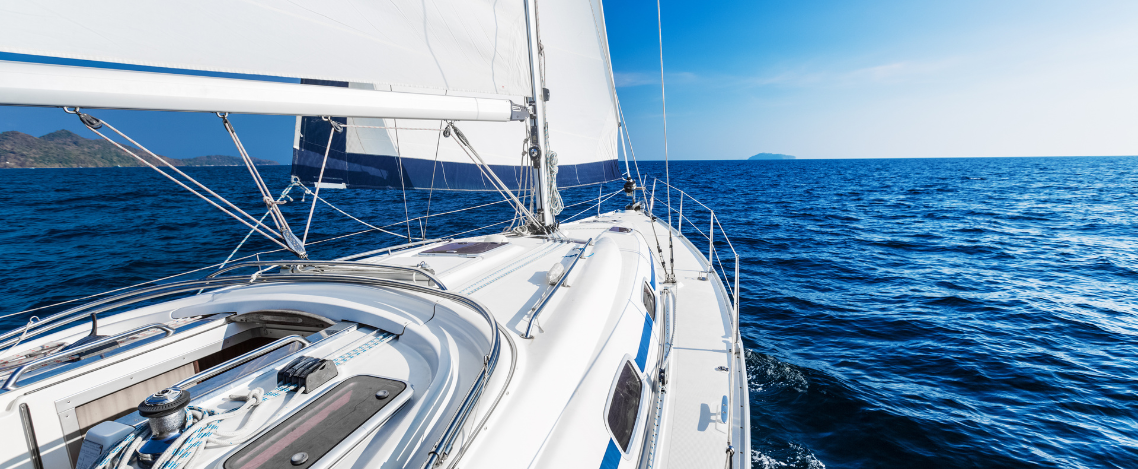
A Sailing Resume, Sailing CV or Boating Resume is a summary of all your relevant boating experience.
Just like a resume that you use to find a job, it should it summarise all of your accomplishments; including on-the-water experience, any certifications, licenses, and other relevant boating education you’ve completed.
Why keep a sailing resume?
Chartering a boat
Sailboats can cost hundreds of thousands and the owners need to know that you have the qualifications to operate them properly.
Reputable boat owners, boat clubs and charter companies all need to see proof of qualifications and experience before they’ll let you get on their boat. A sailing CV is a neat way to keep this all in one place and easily accessible.
Levelling Up
Going for RYA Yachtmaster or planning to earn your USCG Captains License? Before you can even take the exam you have to show proof of sufficient experience.
Your sailing resume should keep careful track of all your on-the-water sailing and boating experience to ensure that you accrue enough time to meet the requirements of the qualification - more on qualification requirements here
Insurance
Even if you’re just doing the occasional weekend cruise on an inland lake, you will need to insure your boat.
Having a detailed log of experience (and boat maintenance - check out our new vessels feature) can help keep your premiums down and increase the likelihood of a payout if disaster strikes.
Buying a boat
Being able to see your experience as well as your aspirations can really help your broker narrow the field and find the perfect boat for you.
This will save you a fortune in the long term and ensure that the boat you buy is the right one for your needs.
Other
Regulations vary all over the world, depending upon where you sail, you might need to provide proof of your sailing and boating experience to the coast guard or to marina operators - it’s always best to be prepared!

What should be included on a sailing resume?
Now that you know why Sailing Resumes are so important, here are the major components that should always be included:
Sailing/Boating Experience
Every trip you take, even for just a few hours, should be logged. A log typically includes whether you were in charge or crew, the dates, locations, number of days, number of night passages, location of the trip, general description of the boat, location type (for example inshore or transatlantic), weather and tidal conditions and the purpose of the trip (training, vacation, race, etc.).
All of this information on your Sailing Resume helps quickly quantify your experience. If you forgot to log your experience for a while, or if you lost your paper sailing or boating logbook, you may need to go back and log experience from the past - here’s how you can do this on SailTies.
Certificates
When you complete a formal training program with a recognised body like the American Sailing Association (ASA), US Sailing, or Royal Yachting Association (RYA) you’ll get a certificate that you should log on your Sailing Resume so that others can see at a glance where and when you earned these formal sail training certifications.
You should also make sure you add any other supporting licenses, permits or endorsements - like your radio operator license, navigation or first aid. Uploading these certificates safely to the cloud using SailTies keeps your important paperwork in one place and safe against damage or loss - so no more panic when you’re about to leave for that dream trip you’ve been planning and your certificates are nowhere to be found!
Verification
To make it really trustworthy, your sailing CV should be verified by someone else - certified instructors and other crewmembers (preferably the person in charge) should verify every entry. Using our add crew feature or joining your sailing school’s group makes this as easy as tapping a button!
Start your simple sailing resume with SailTies today - Download the app completely free from the App Store and Google Play
